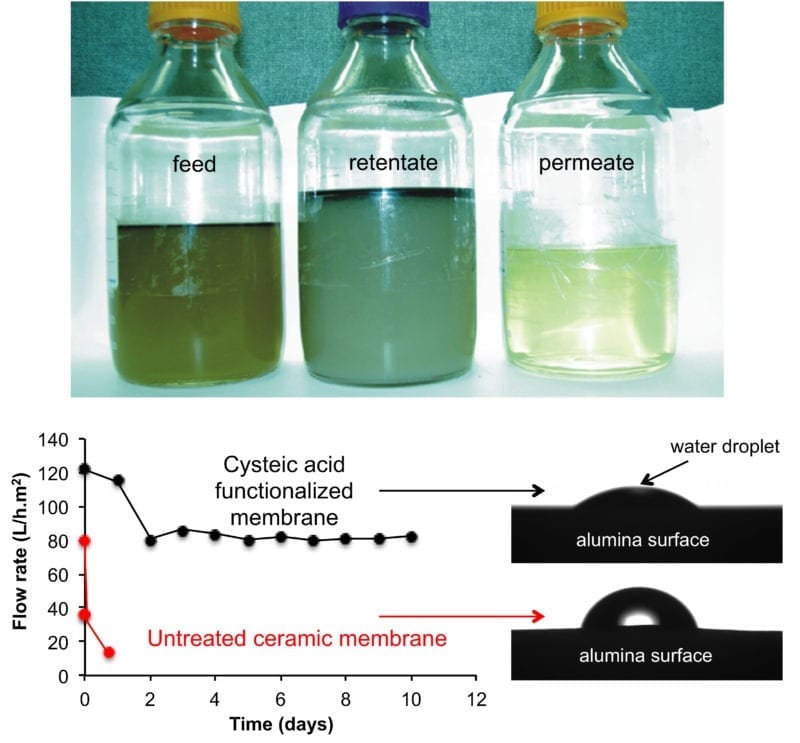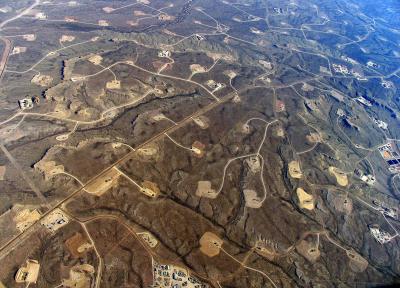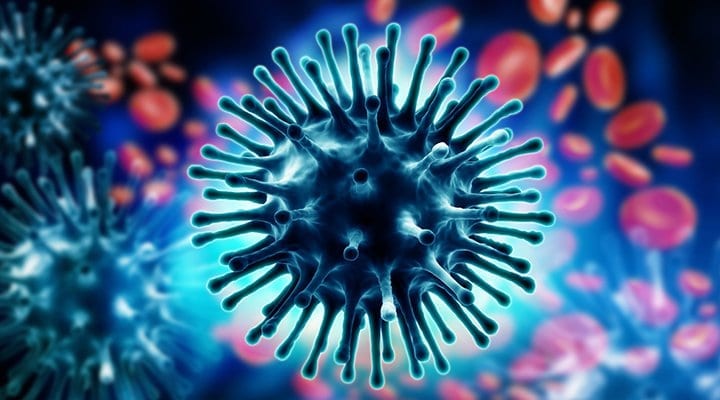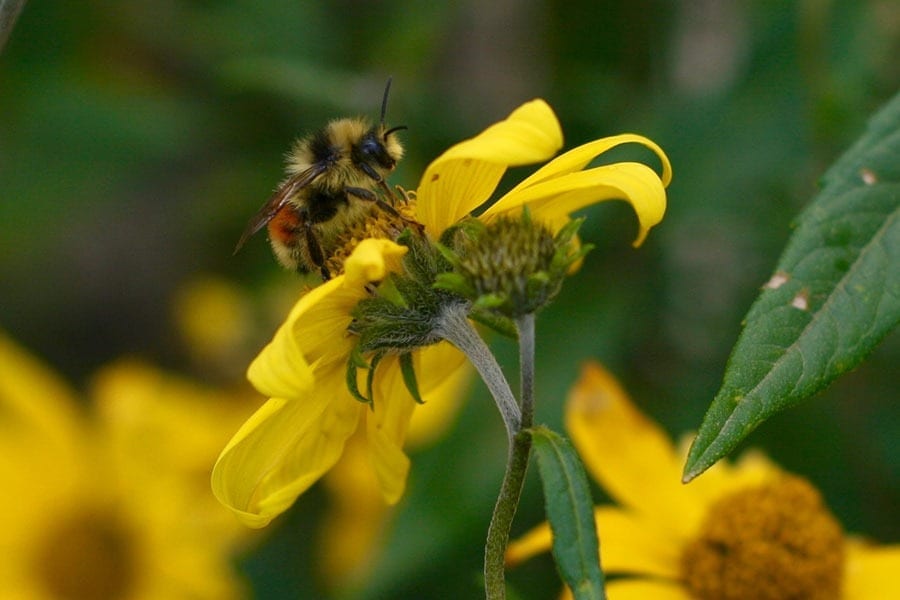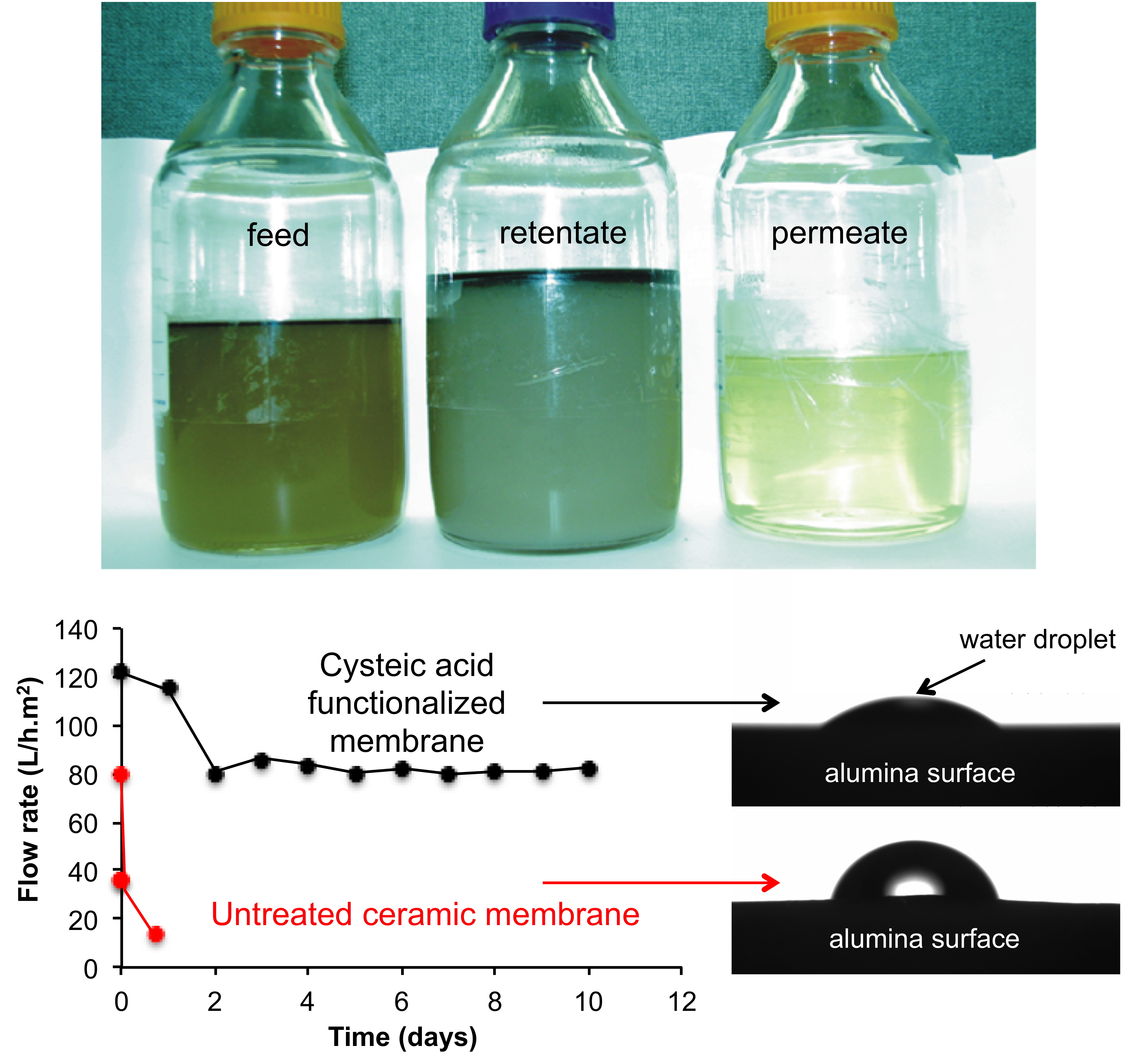
Rice scientists lead production of superhydrophilic membrane to clean fluids for reuse
A new filter produced by Rice University scientists has proven able to remove more than 90 percent of hydrocarbons, bacteria and particulates from contaminated water produced by hydraulic fracturing (fracking) operations at shale oil and gas wells.
The work by Rice chemist Andrew Barron and his colleagues turns a ceramic membrane with microscale pores into a superhydrophilic filter that “essentially eliminates” the common problem of fouling.
The researchers determined one pass through the membrane should clean contaminated water enough for reuse at a well, significantly cutting the amount that has to be stored or transported.
The work is reported in Nature’s open-access Scientific Reports.
The filters keep emulsified hydrocarbons from passing through the material’s ionically charged pores, which are about one-fifth of a micron wide, small enough that other contaminants cannot pass through. The charge attracts a thin layer of water that adheres to the entire surface of the filter to repel globules of oil and other hydrocarbons and keep it from clogging.
A hydraulically fractured well uses more than 5 million gallons of water on average, of which only 10 to 15 percent is recovered during the flowback stage. “This makes it very important to be able to re-use this water,” Barron said.
Not every type of filter reliably removes every type of contaminant, he said.
Solubilized hydrocarbon molecules slip right through microfilters designed to remove bacteria. Natural organic matter, like sugars from guar gum used to make fracking fluids more viscous, require ultra– or nanofiltration, but those foul easily, especially from hydrocarbons that emulsify into globules. A multistage filter that could remove all the contaminants isn’t practical due to cost and the energy it would consume.
“Frac water and produced waters represent a significant challenge on a technical level,” Barron said. “If you use a membrane with pores small enough to separate, they foul, and this renders the membrane useless.
“In our case, the superhydrophilic treatment results in an increased flux (flow) of water through the membrane and inhibits any hydrophobic material – such as oil – from passing through. The difference in solubility of the contaminants thus works to allow for separation of molecules that should in theory pass through the membrane.”
Barron and his colleagues used cysteic acid to modify the surface of an alumina-based ceramic membrane, making it superhydrophilic, or extremely attracted to water. The superhydrophilic surface has a contact angle of 5 degrees. (A contact angle of 0 degrees would be a puddle.)
The acid covered not only the surface but also the inside of the pores, and that kept particulates from sticking to them and fouling the filter.
In tests with fracking flowback or produced water that contained guar gum, the alumna membrane showed a slow initial decrease in flux — a measure of the flow of mass through a material — but it stabilized for the duration of lab tests. Untreated membranes showed a dramatic decrease within 18 hours.
The researchers theorized the initial decrease in flow through the ceramics was due to purging of air from the pores, after which the superhydrophilic pores trapped the thin layer of water that prevented fouling.
“This membrane doesn’t foul, so it lasts,” Barron said. “It requires lower operating pressures, so you need a smaller pump that consumes less electricity. And that’s all better for the environment.”
Learn more: Filter may be a match for fracking water
The Latest on: Fracking
[google_news title=”” keyword=”Mengla virus” num_posts=”10″ blurb_length=”0″ show_thumb=”left”]
via Google News
The Latest on: Fracking
- Understanding Herpes Simplex Virus: Transmission, Diagnosis, and Considerations in Pregnancy Managementon April 25, 2024 at 5:00 pm
Genital herpes simplex virus (HSV) infections are frequently asymptomatic or undiagnosed, but more than half the US population is seropositive for HSV, and about one-fifth are positive for HSV-2.
- Influenza A(H1N1)pdm09 Viruson April 24, 2024 at 5:00 pm
The authors are grateful to the Council of Scientific and Industrial Research (CSIR-CCMB), India, for encouragement and support for this work. NIH Awards (R37DA025576; R01MH085259) also support SK ...
- Computer Virus Simulatoron April 7, 2024 at 10:35 am
Computer Virus Simulator will wreak havoc on you safely in-game. Computer Virus Simulator takes you on a thrilling journey through the world of computer virus all wrapped up in a completely ...
- Hated and huntedon April 6, 2024 at 10:04 pm
He had heard about this type of computer virus and how dangerous it could be. But he never thought that he would be tricked into clicking on a wrong link. Now, as he read the ransom note ...
- A fungal pandemic is massacring frogs, but scientists just found a virus that could lead to a cureon April 5, 2024 at 11:15 pm
While examining the BD fungus to learn about weaknesses, they discovered a single-stranded DNA virus trapped within the genome of the fungus. Although this only applied to certain strains ...
- Monkey Bite Gives Man Rare Viruson April 5, 2024 at 8:41 am
A man is in critical condition after he was bitten by a monkey and contracted a rare but potentially lethal virus. The 37-year-old man was bitten by wild monkeys in Hong Kong's Kam Shan Country ...
- Man Attacked by Monkeys Catches Rare, Life-Threatening B Viruson April 4, 2024 at 5:00 pm
This week, local health officials reported a case of B virus in a 37-year-old man—the first ever reported in the region. Human B virus infections are rare, and they can be life-threatening ...
- Is Bird Flu Coming to People Next? Are We Ready?on April 4, 2024 at 5:00 pm
Unlike the coronavirus, the H5N1 virus has been studied for years. Vaccines and treatments are available should they ever become necessary. By Apoorva Mandavilli Bird flu outbreaks among dairy ...
- Hong Kong’s first monkey virus case – what do we know about the B virus?on April 4, 2024 at 5:00 pm
Hong Kong’s Centre for Health Protection has announced its first human case of B virus in a rare incidence of a virus being transmitted from animals to humans. The centre is urging the public to ...
- Bird Flu Detected in a Person in Texas: What We Know So Faron April 1, 2024 at 5:00 pm
A person in Texas has tested positive for the highly pathogenic avian influenza A virus (H5N1), also known as bird flu, the U.S. Centers for Disease Control and Prevention has confirmed.
via Bing News







